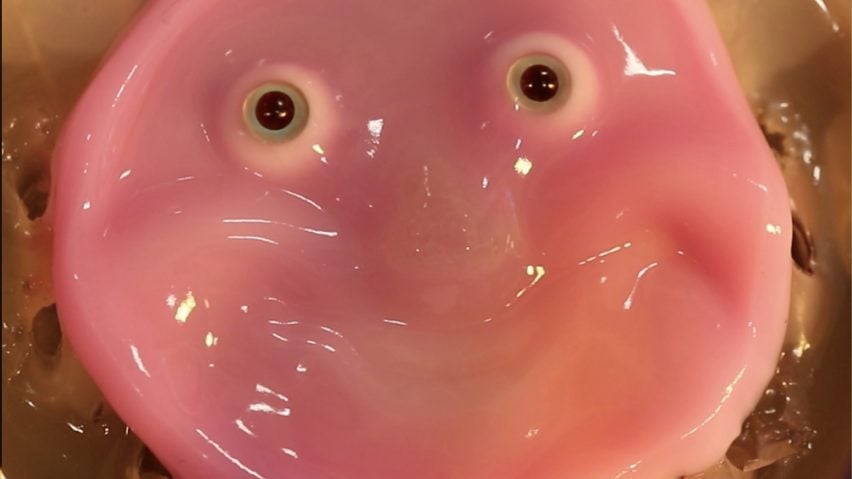Lifelike robots could be a step closer to reality with a new development from the University of Tokyo, where scientists have made a prototype with living skin capable of a "natural smile".
The University of Tokyo team aimed to find a good way of binding living skin, which is skin grown in a lab from living cells, to a humanoid robot.
Living skin, also known as cultured skin, has been used in the robotics field before, but without a good mechanism to attach it to a base layer, it is deformed or damaged with movement.
The researchers' attachment method is inspired by the ligaments in human tissues and allows the skin to move in a realistic way, which they demonstrated by way of a smile.
The innovation could pave the way for robots to have not just a more human-like appearance but better mobility, self-healing capabilities and the potential to sense changes in pressure or vibration the way biological skin can, said the University of Tokyo.
"In this study, we managed to replicate human appearance to some extent by creating a face with the same surface material and structure as humans," said team lead Shoji Takeuchi.
"Creating robots that can heal themselves, sense their environment more accurately and perform tasks with humanlike dexterity is incredibly motivating."
The research team's method involved the biomimicry of human skin ligaments, which are thin bands of connective tissue that join the skin's upper layer to the deep fascia underneath.
To achieve a similar effect, they created small, V-shaped channels within a robot face. These channels, which the team refers to as perforations, were filled with an adhesive collagen gel to attach the living skin on top.
The team created two prototypes to demonstrate their innovation. The first is a two-dimensional robotic face that includes actuators on either sides of the mouth that act as muscles, pulling on the ligament-like attachments.
These enable the robot to display what the researchers refer to in their paper on the subject as a "natural smile". It produces a slight bulge in the robot's cheeks – a result of the silicone rubber base bunching up underneath.
The second prototype involves a three-dimensional facial structure without actuators. This one demonstrates the possibility of replicating the ligament-style attachments on a more complex 3D mould.
The most challenging aspect of the work was to successfully feed the viscous collagen gel into the fine perforations while keeping the living skin close to the same surface.
"Manipulating soft, wet biological tissues during the development process is much harder than people outside the field might think," said Takeuchi. "For instance, if sterility is not maintained, bacteria can enter and the tissue will die."
Now that this could be achieved, he said, living skin can bring a range of new abilities to robots.
"Self-healing is a big deal — some chemical-based materials can be made to heal themselves, but they require triggers such as heat, pressure or other signals, and they also do not proliferate like cells," said Takeuchi. "Biological skin repairs minor lacerations as ours does, and nerves and other skin organs can be added for use in sensing and so on."
Takeuchi hopes the advance can be used to create face-simulation devices for research into skin ageing, cosmetics and surgical procedures.
The robot face has gone viral online, where reactions on X have ranged from "nightmare fuel" to "Please no" and "How do I mute pictures?".
Takeuchi and his team's work comes from the field of biohybrid robotics, a mix of biology and mechanical engineering that often involves the merging of living and synthetic components.
Other recent developments in robotics have included a robotic four-legged dog that learnt to walk from scratch and a creation from NASA designed to search planets for signs of life.

